Session 15: Recommendations on how to implement Passive House standard
Mittwoch, 15. September 2021
Vom Plan, ein Passivhaus zu errichten bis zum fertigen Gebäude ist es ein weiter Weg. Die erfahrenen Referenten dieser Session weisen auf Stolpersteine hin, die dem Planer begegnen können und zeigen Strategien auf, diese zu vermeiden. Verschiedene Designs und Vorgehensweisen werden nicht nur in Bezug auf ihre Durchführbarkeit, sondern auch in Bezug auf Faktoren wie ihre Klimabilanz und wirtschaftliche Machbarkeit untersucht. Das Ziel: eine immer bessere, durchdachtere Planung von Passivhausprojekten.
| Uhrzeit (MESZ) | Vortrag | Referent |
|---|---|---|
| 16.00 Uhr | Begrüßung | 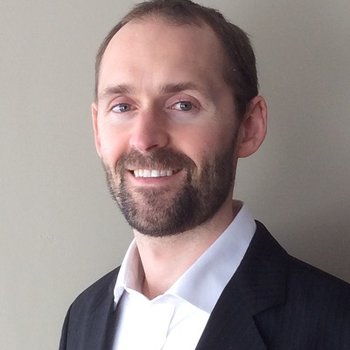 Andrew Peel |
|
16.05 Uhr |
Successful PH feasibility study: How to guide a team through a front-loaded design process This paper highlights the required changes to our typical building design approach to deliver high-performance buildings at scale: the need for a front-loaded, integrated, and holistic approach to building design, with energy budget management practice placed at its core.
|
 Marine Sanchez | RDH Building Science
|
|
16.20 Uhr |
Passive or nothing; Passive simple!! By citing recreated iconic and playful cultural idioms, we overcome obstacles with a positive up-beat vibe that changed the conversation with our clients, authorities and team. Accepting our position as professionals, and leading by example we created: Passive Simple, simply Passive; and won. |
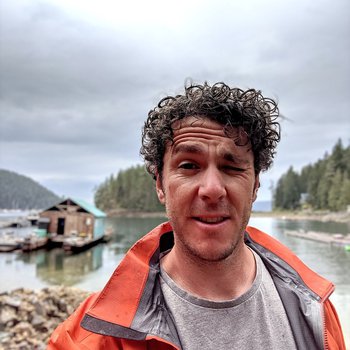 Greg Hoffart | Tree Construction Inc |
|
16.35 Uhr |
A comparative life cycle CO2 analysis of a step-by-step EnerPHit versus a shallow retrofit The paper presents a comparative Life-Cycle CO2 Assessment analysis for retrofits with different energy performance levels and energy sources. Energy source plays a crucial role in long-term CO2 emissions of the building. Life-cycle CO2 emissions are the lowest in the retrofitting to the EnerPHit standard.
|
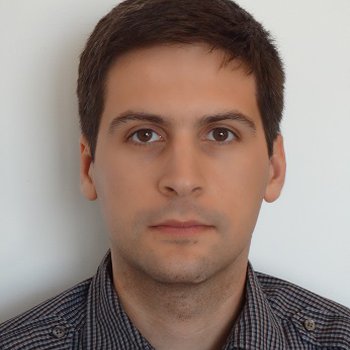 Szabolcs Varga | V&V Projekt SRL |
| 16.50 Uhr | Fragen und Antworten | |
|
17.10 Uhr |
Heating load as a design target revisited Benefits of designing for peak heating load rather than demand include lower cost, better comfort, reduced sensitivity to orientation and greater potential for standardised designs. One example is presented but we are drawing on the experience of designing and monitoring many Passivhaus buildings. |
 Nick Grant | Elemental Solutions |
|
17.25 Uhr |
STOP - Strategies to obtain Passive House Single-family home work involves creative processes which take special requirements into account (site conditions, personal needs). These make each building unique. If the climate is similar, we must unify the systems of active energy contribution to adjust comfort conditions and energy demands. |
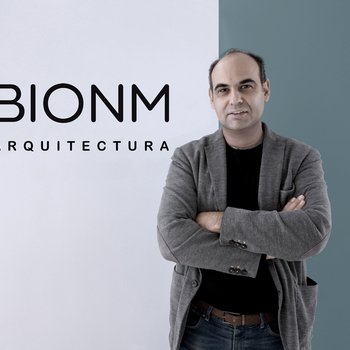 Pablo Carranza | BIONM |
| 17.40 Uhr |
The role of energy storage in buildings, micro and macro economic considerations Energiespeicherung überbrückt den Versatz zwischen Verfügbarkeit von volatilen erneuerbaren Energiequellen und Energiebedarf. In einem zukünftigen Energiesystem füllen Speicher kurz- und mittelfristige sowie saisonale Lücken. Dezentrale Speicher können den Bezug an Netzenergie reduzieren, nicht jedoch die Spitzenlast. |
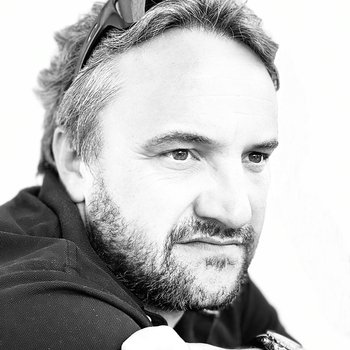 Fabian Ochs | Universität Innsbruck |
| 17.55 Uhr | Fragen und Antworten | |
|
|
Zu Session 14
|



